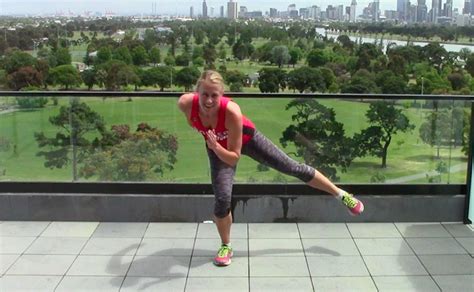Feel the Burn: A 200m Workout to Ignite Your Speed and Stamina
The 200-meter dash is a thrilling event, demanding a potent blend of explosive speed and sustained endurance. It's not just a sprint; it's a strategic race requiring precise pacing and unwavering power. This article dives deep into crafting a comprehensive 200m workout, focusing on building the necessary strength, speed, and endurance to dominate the track. We'll explore different training methods, recovery strategies, and address common questions surrounding this challenging distance.
Why Train for the 200m?
The beauty of the 200m lies in its versatility. It challenges athletes to develop both speed and stamina, building a strong foundation for various track and field events. It's an excellent workout for improving overall fitness, enhancing cardiovascular health, and boosting power. Unlike shorter sprints, the 200m requires a more nuanced approach to pacing, forcing athletes to manage their energy effectively throughout the race.
Building a 200m Training Plan:
A successful 200m training plan isn't just about running fast; it's about building a strong base, honing technique, and implementing strategic recovery. A well-rounded plan should incorporate several key elements:
1. Speed Work:
- Short Sprints: Incorporate frequent short sprints (e.g., 40-60m) focusing on explosive starts and powerful acceleration. These drills develop raw speed and refine your running technique.
- Fly 10s: Ten-second sprints with full recovery are crucial for developing speed endurance. Aim for 8-12 repetitions, maintaining high intensity throughout.
- 200m Repeats: Perform timed 200m repeats with varying rest periods. This is vital for practicing race-specific pacing and building stamina. Start with longer rest periods and gradually decrease them as your fitness improves.
2. Strength and Conditioning:
- Plyometrics: Exercises like box jumps, jump squats, and depth jumps enhance explosive power, critical for a fast start and powerful acceleration in the 200m.
- Weight Training: Focus on compound exercises such as squats, deadlifts, and lunges to build lower body strength and power. Avoid excessive weight; maintain good form to prevent injuries.
- Core Strengthening: A strong core is essential for maintaining proper posture and balance throughout the race. Include exercises like planks, Russian twists, and bicycle crunches.
3. Endurance Training:
While the 200m is primarily a speed event, endurance is key to maintaining a strong finish. Incorporate:
- Tempo Runs: Sustained runs at a comfortably hard pace help build lactate threshold, allowing you to run faster for longer.
- Easy Runs: Low-intensity runs promote recovery and enhance cardiovascular fitness.
What is the best training schedule for a 200m race?
There's no one-size-fits-all training schedule. The optimal plan depends on your current fitness level, experience, and race goals. A qualified coach can design a personalized program that addresses your individual needs and progressively challenges your capabilities.
What are some common mistakes to avoid during 200m training?
- Overtraining: Rest and recovery are crucial. Pushing yourself too hard without adequate rest can lead to injuries and burnout.
- Neglecting Technique: Proper running form is essential for efficiency and injury prevention. Work with a coach to refine your technique.
- Ignoring Strength Training: Strength training is crucial for building the power needed for a successful 200m.
- Inconsistent Training: Regularity is key. Maintain a consistent training schedule to see continuous progress.
How can I improve my speed for the 200m?
Improving speed involves a multifaceted approach encompassing strength training, speed drills, proper technique, and adequate rest. Focus on building explosive power, refining your running mechanics, and progressively increasing intensity while maintaining a disciplined training plan.
What are some effective warm-up and cool-down exercises for 200m training?
A thorough warm-up should include dynamic stretches such as arm circles, leg swings, and high knees. A post-workout cool-down should involve static stretches, holding each stretch for 20-30 seconds. This helps improve flexibility and prevent muscle soreness.
Remember, consistency and dedication are paramount. With a well-structured plan, diligent effort, and proper recovery, you can unlock your full potential and dominate the 200m. Consult a qualified coach or athletic trainer for personalized guidance and support.

